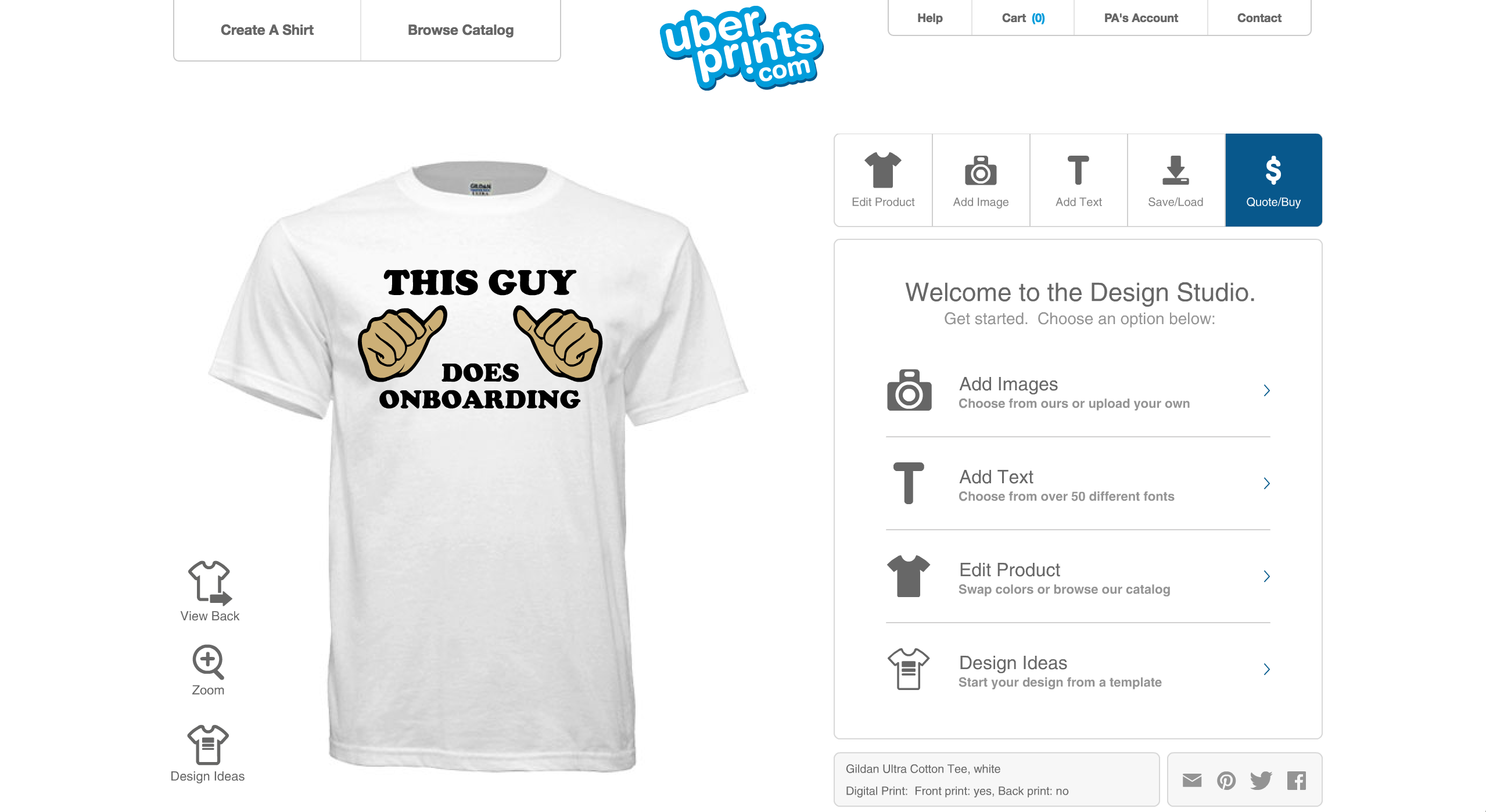Attending conferences can be costly so don’t leave the benefits to chance. A few simple tactics can help you drive real value for certain.

1. Know the true cost of attending
Cash cost (tickets, travel, accommodation) + time cost (your total cost to the company — use 1.2x your salary as a rough estimate — for the time you are away + 1 full day of preparation) + opportunity cost (hardest to assess: in the most basic form use new revenue per day per employee). Write this down somewhere, so you’re actually forced to do the calculation.
2. Have a very clear goals (driven by a clear purpose)
First what’s your purpose? What appeals to you about this conference? It could be get new customers, get feedback on your product, learn best practices for customer success, find potential employees etc. It should NOT be: “the speakers are awesome”; “it’s a great chance to visit this city”; “it’s a good excuse to visit our office there”; “I’ve heard good things about this .”
Then from your purpose, you figure out your goals:
- What metric best measures this purpose? E.g. Number of leads; number of user tests; improvement in NPS / reduction of support tickets; new candidates. This should be measurable.
- What is the value of that metric? This can be harder to asses, but try to put a value on it. Use the conversion ratio to assess value of each lead, or the target reduction in churn to assess value of UX improvements, or the savings in less time spent on support etc.
- Figure out the target to make the conference worthwhile. E.g. 50 leads; 5 user tests; 5% reduction in tickets; 15 qualified candidates etc.
- Work backwards to understand what you need to do to get to this target. It’s most likely going to be around how many people you need to meet. If your target is based on learning new stuff, then you can figure out the number of changes you might need to implement to drive those changes.
3. Define a strategy
A strategy is basically an action plan to get you to your target. Now you know what you’re aiming for, it’s time to get creative to figure out how you’ll do this. Some suggestions to help with this if you’re stuck:
- Figure out what you would do outside of the conference? Can you apply the same stuff inside the conference? What have other companies done?
- Tell the conference organisers what your goals are and see if they have any suggestions on what to do. They may ask you to sponsor it, but tell them you’ll do that next year if you can get value on the cheap this year.
- Ask anyone that’s been for tips. Write them down (and then share them in a blog post before / after the event)
In the end you should have a list of 5–10 things you’re going to do to drive your metrics. Prioritise this list with your hypothetical ROI.
Here is a simple document that you can use as a template to frame your strategy for the next conference you are attending.
4. Prepare before the day
It’s often worth spending 4–8 hours preparing beforehand. Key things to get on top of:
- Your calendar / schedule, incl. key places to be at which times. Keep this handy (I use Google Calendar so it’s easy to see for me.)
- Attendees — who will be there? What are they looking for? There might be a networking app (whose web version you can scrape) or an Eventbrite list or a Slack / FB group.
- Tools… create a great profile on the chosen networking app (LinkedIn if nothing else). Save a canned email you can send quickly, and have a Calendly link to easily schedule follow-ups.
- Gear — wear something that will help you stand out (order a custom tee), be in comfortable footwear and have sufficient battery / chargers.

5. Adapt your strategy
On the day stuff is not as you expected or planned for. So come up with new action items and try different ones if you feel like one tactic isn’t working.
For example, there may not be enough networking sessions, so try to get there earlier and stay later. Figure out if there’s an afterparty or where people are going to hang after. There are often people visiting from out of town so find out where they will be partying outside of the conference.
Last month I attended a conference for product managers, called ‘Mind the Product’ (a play on the famous London phrase: Mind the Gap).

I did some of this prep beforehand and the conference turned out to be about break-even for me; I did meet my objectives for customer development (I’ve actually had ~10 customer development conversations from it) and it may yet lead to new customers. I took away a few key lessons for our product, including the need to do a full language audit.
One of the standout talks was from Scott Belsky who shares his lessons as the CEO & Co-founder of Behance and then running product teams at Adobe.
“Preserve 50% of your focus on new users’ experience, even throughout the lifecycle of your product. We typically think of onboarding and tours at the end when it’s the first mile of a user’s experience. It’s ironic that we do this in the last mile of the development process.” — Scott Belsky
Watch the video below — it’s entertaining and insightful! Jump to 18:05 if you’re specifically interested in the context for the quote above.
For more insights on building better user onboarding: read the other articles on the Chameleon blog and follow us on Twitter.




